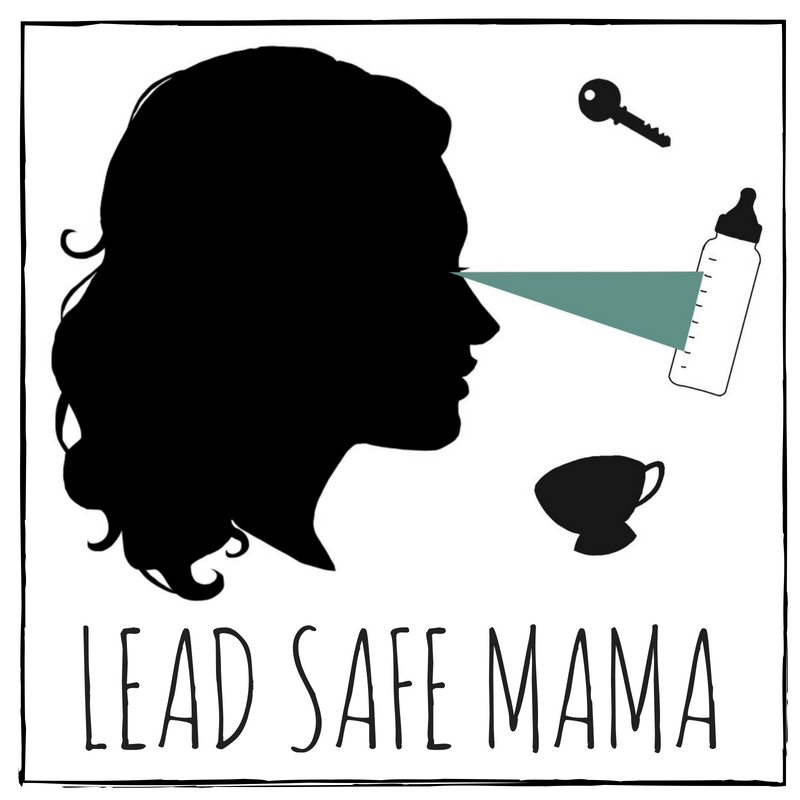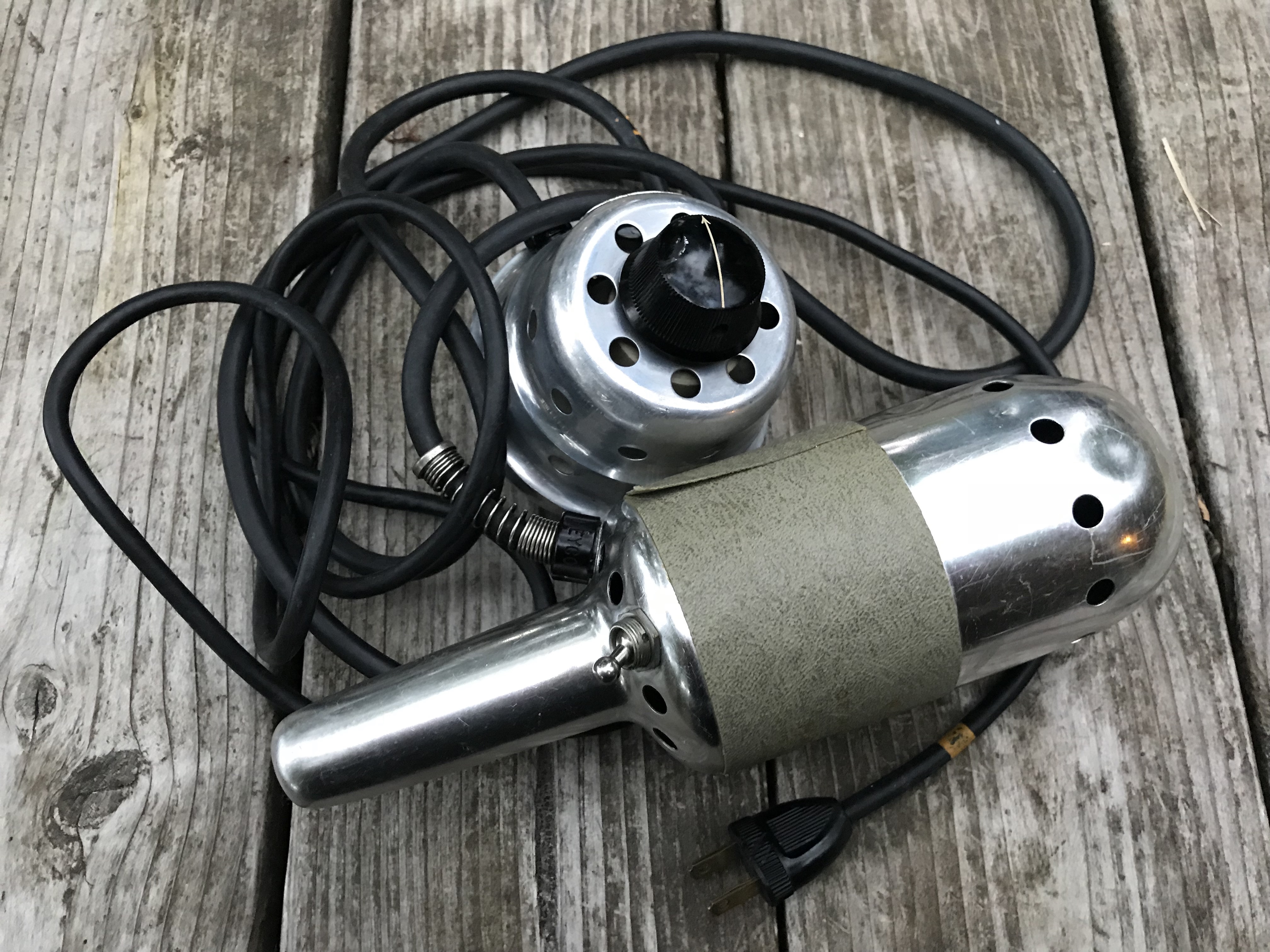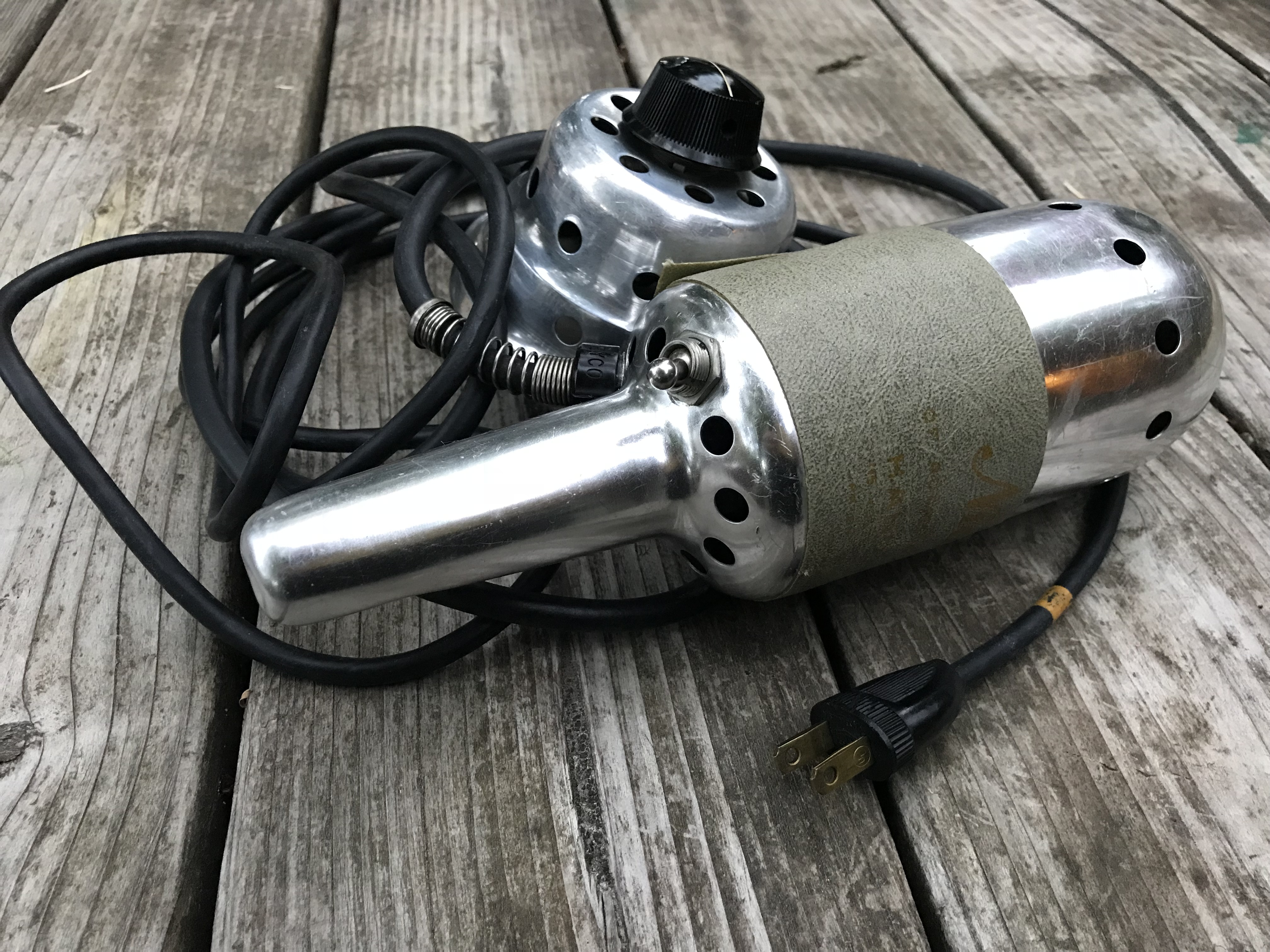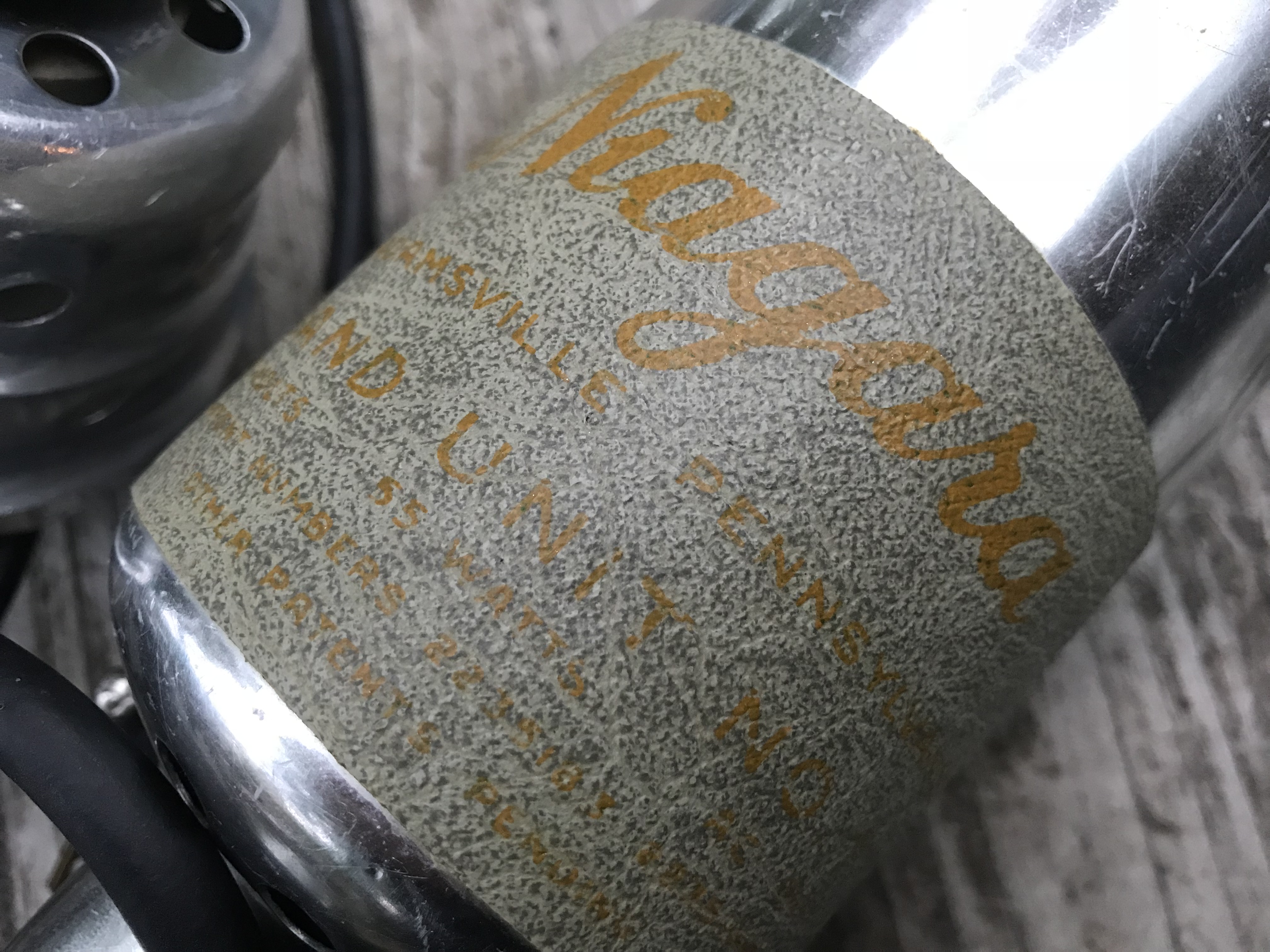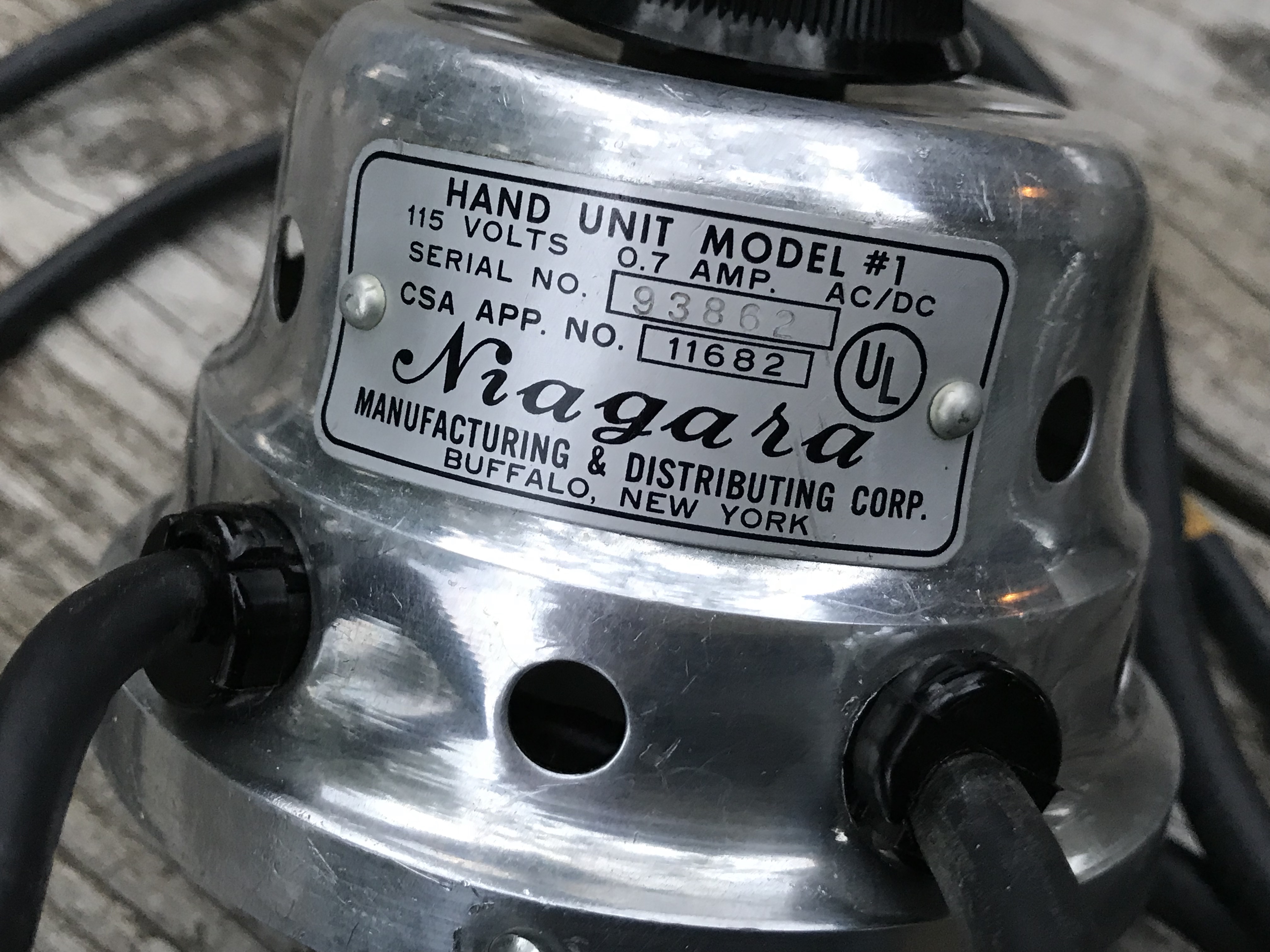#AskTamara: Q. Is there lead in my vintage sex toys? Answer. Maybe. This one has 8,109 ppm Lead + Cadmium – 18 ppm
Question: Is there lead in my sex toys? [I get this question ALL THE TIME! LOL!]
Answer: As with most things (when it comes to lead) the most important factor in determining if your sex-toys might have lead (or other heavy metals or toxicants) is when they were manufactured! [When as in “which century” or “which decade”!]
Vintage sex toys are very popular [there are even museums for vintage sex toys!], and can easily be found on E-bay fairly inexpensively. These may be wondrous novelties to engage your playful side in bed (especially if you are in to “steampunk”), but they are also much more likely to have lead and other toxic chemicals than newer toys.
The vintage hand held Niagara massager featured here in this post (pictures below) tested positive for LEAD, CADMIUM, and even ARSENIC! (Scroll down to see the full XRF test results below.)
To learn more about XRF testing, click here.
The questions that first come to mind in response to this are … well…
- Is that going to poison me?!
- Can these toxic heavy metals “wear off“?
- What are the risks?
Well, there is nothing like a real data set (yet!) – as these items (vintage sex toys) have not – to my knowledge – been rigorously examined/studied by anyone (the presence of toxicants have been studied in newer sex toys [link], but the potential impacts of toxicants in vintage sex toys has not been studied that I know of), and therefore these questions cannot be answered definitely, but I will make the following assertions:
- Lead on electrical cords (especially old, worn, deteriorating electrical cords) is a common problem – and may transfer to the users’ hands. In this case, given we are talking about an electrical device that touches your (naked?) body, just to be safe it is probably worth replacing an aged electrical cord on a vintage appliance anyway — for electrical safety considerations in addition to toxicity concerns!
- The wide gray/beige vinyl band on this piece is the part that you are actually supposed to hold with your hand (it is there for “comfort” – so your hand is not on metal as you use the “hand unit” for a “massage”). As a result the fact that it is A.) deteriorating and B) positive for both LEAD and ARSENIC (see below), I think it would be advisable to remove this band (replace with a contemporary equivalent) or to cover it up with something nontoxic (modern fabric tape perhaps?)
These two solutions would address pretty much all of the toxicity concerns in this specific instance (and I would imagine probably most of the toxicity concerns with any other vintage electrical devices meant for any kind of personal use!)
To see more things that I have tested with an XRF instrument, click here.
That said, most modern “toys” are only likely to have lead if they use batteries that have lead. In those cases the batteries are generally in a protective unit or case and not directly accessible to the user, so not considered a toxicity concern by any standards.
When looking for the safest, best and least-toxic NEW “marital aids” I suggest using the following guidelines:
- Shop local (and in person) at a reputable store that is safe and comfortable for the customers. The staff at such stores (such as San Francisco’s Good Vibrations) are very good at giving personalized advice to make sure that you make a choice that is safe for you in every way.
- If you are avoiding toxicity as a political stance (rather than solely over concerns about any possible negative impact that a particular item might have on your body), you might want to avoid any blown glass toys — as they may have Lead, Cadmium or other heavy metals in the colorants of the glass.
- In general, from a toxicity standpoint, stainless steel is a good choice (but you have to be very careful with stainless toys in practical applications – #Ouch!) [Read more: What’s stainless steel made of?]
- And of course any “toy store” worker worth their salt will tell you all of the advantages of silicone (in terms of warmth and hygiene, as well as functionality), and most silicone is generally considered non-toxic. My testing experience confirms that silicone usually doesn’t test positive for Lead, Mercury or Arsenic [although every now and then might have trace low levels of Cadmium as part of the colorant… especially since Cadmium is often seen in things that have “skin-tone” colors.)
- New products mostly do not plug into the wall, but if they do – new electrical cords are generally not leaded in the exterior rubber or plastic coating.
I will be posting more XRF test results for sex toys
and personal massagers shortly! Stay tuned.
Continue to scroll down for the exact XRF full test results for the Niagara massager pictured.
Antique/Vintage “Personal Massager” / Vibrator, XRF testing results.
Black Electrical Cord:
- Lead (Pb): 8,109 +/- 203 ppm
- Cadmium (Cd): 18 +/- 8 ppm
- Zinc (Zn): 39,000 +/- 900 ppm
- Iron (Fe): 2,650 +/- 198 ppm
- Titanium (Ti): 1,057 +/- 123 ppm
- Indium (In): 27 +/- 11 ppm
- Platinum (Pt): 264 +/- 126 ppm
Metal of Body of Vibrator:
- Lead (Pb): 19 +/- 11 ppm
- Chromium (Cr): 226 +/- 122 ppm
- Zinc (Zn): 44 +/- 27 ppm
- Copper (Cu): 449 +/- 60 ppm
- Iron (Fe): 4665 +/- 212 ppm
- “Balance” (Aluminum): 994,000 +/- 800 ppm
Vinyl/Fabric Wrapper (Image Above):
- Lead (Pb): 2,914 +/- 104 ppm
- Arsenic (As): 311 +/- 101 ppm
- Barium (Ba): 239 +/- 64 ppm
- Chromium (Cr): 671 +/- 227 ppm
- Zinc (Zn): 579 +/- 49 ppm
- Copper (Cu): 173 +/- 51 ppm
- Iron (Fe): 1,080 +/- 28 ppm
- Titanium (Ti): 34,200 +/- 2,600 ppm
As always, please let me know if you have any questions!
Thank you for reading and for sharing!
Tamara Rubin
#LeadSafeMama
Never Miss an Important Article Again!
Join our Email List


